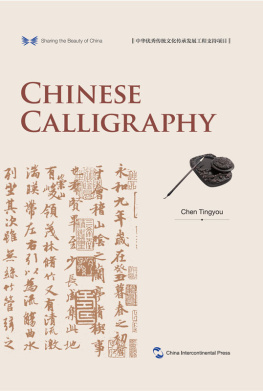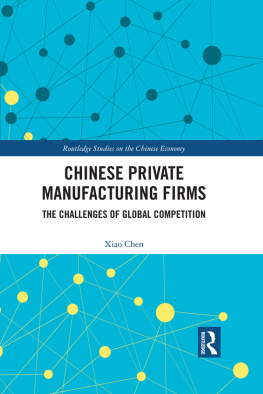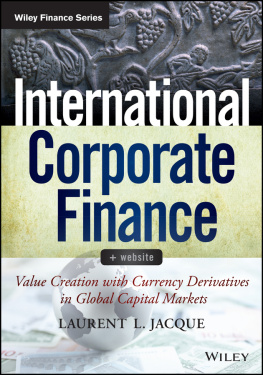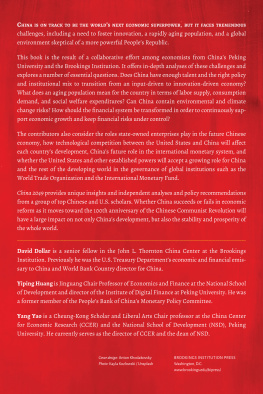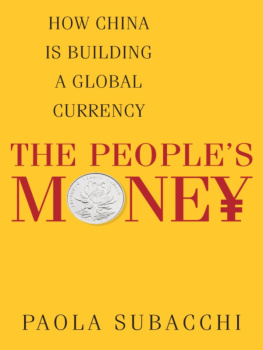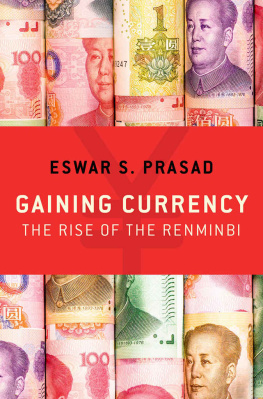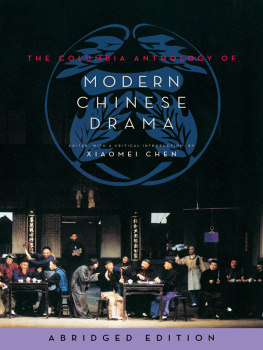Copyright 2014 by McGraw-Hill Education. All rights reserved. Except as permitted under the United States Copyright Act of 1976, no part of this publication may be reproduced or distributed in any form or by any means, or stored in a data base or retrieval system, without the prior written permission of the publisher.
ISBN: 978-0-07-182992-2
MHID: 0-07-182992-X
The material in this eBook also appears in the print version of this title: ISBN: 978-0-07-182990-8, MHID: 0-07-182990-3.
E-book conversion by codeMantra
Version 1.0
All trademarks are trademarks of their respective owners. Rather than put a trademark symbol after every occurrence of a trademarked name, we use names in an editorial fashion only, and to the benefit of the trademark owner, with no intention of infringement of the trademark. Where such designations appear in this book, they have been printed with initial caps.
McGraw-Hill Education products are available at special quantity discounts to use as premiums and sales promotions or for use in corporate training programs. To contact a representative, please visit the Contact Us pages at www.mhprofessional.com.
TERMS OF USE
This is a copyrighted work and McGraw-Hill Education and its licensors reserve all rights in and to the work. Use of this work is subject to these terms. Except as permitted under the Copyright Act of 1976 and the right to store and retrieve one copy of the work, you may not decompile, disassemble, reverse engineer, reproduce, modify, create derivative works based upon, transmit, distribute, disseminate, sell, publish or sublicense the work or any part of it without McGraw-Hill Educations prior consent. You may use the work for your own noncommercial and personal use; any other use of the work is strictly prohibited. Your right to use the work may be terminated if you fail to comply with these terms.
THE WORK IS PROVIDED AS IS. McGRAW-HILL EDUCATION AND ITS LICENSORS MAKE NO GUARANTEES OR WARRANTIES AS TO THE ACCURACY, ADEQUACY OR COMPLETENESS OF OR RESULTS TO BE OBTAINED FROM USING THE WORK, INCLUDING ANY INFORMATION THAT CAN BE ACCESSED THROUGH THE WORK VIA HYPERLINK OR OTHERWISE, AND EXPRESSLY DISCLAIM ANY WARRANTY, EXPRESS OR IMPLIED, INCLUDING BUT NOT LIMITED TO IMPLIED WARRANTIES OF MERCHANTABILITY OR FITNESS FOR A PARTICULAR PURPOSE. McGraw-Hill Education and its licensors do not warrant or guarantee that the functions contained in the work will meet your requirements or that its operation will be uninterrupted or error free. Neither McGraw-Hill Education nor its licensors shall be liable to you or anyone else for any inaccuracy, error or omission, regardless of cause, in the work or for any damages resulting therefrom. McGraw-Hill Education has no responsibility for the content of any information accessed through the work. Under no circumstances shall McGraw-Hill Education and/or its licensors be liable for any indirect, incidental, special, punitive, consequential or similar damages that result from the use of or inability to use the work, even if any of them has been advised of the possibility of such damages. This limitation of liability shall apply to any claim or cause whatsoever whether such claim or cause arises in contract, tort or otherwise.
CONTENTS
INTRODUCTION
Since September 2008 a global financial crisis stemming from the American subprime crisis has evolved, spreading from the financial sector to the industrial sector and from the United States to Europe and the rest of the world. The global financial crisis will not only affect the long-term global economy and world finance but also prompt academics and practitioners to analyze the cause and reassess the situation in search of a new mechanism that facilitates sustainable economic development.
The crisis demonstrated that it would be useless to simply patch up the old economic model. A brand-new, sustainable economic mechanism is needed to rescue the world economy before it is too late. It should be universally accessible and benefit world stability. As a future global management model, the new mechanism requires participation and support from growing, developing countries. As a matter of fact, developing economies contributed almost the entire world economic growth in 2009.
As a remarkable developing country, China achieved economic output that accounted for 7.9 percent of total world output and foreign trade volume that amounted to 8 percent of total world volume in 2009. Chinas foreign exchange reserve has accounted for 28 percent of global foreign exchange reserves. The amount of foreign investment in China has always ranked among the top three in the past decade, and it even ranked number one in some years. With the deepening of its reform and opening up and the acceleration of its modernization, China has closely connected with the world economy, and Chinas economic growth has been an important engine in global economic stability and recovery.
It should be mentioned that China is now facing the in-depth blend of globalization and modernization, which objectively requires China to establish a new development pattern that can benefit itself and the world in the extremely complicated international financial environment. On one hand, China has its own unique characteristics, which means Chinas future development must be carried out according to its national conditions and China will adopt sustainable development with Chinese characteristics. On the other hand, the global issues related to finance are arousing more international concerns. Faced with an increasingly complicated financial environment, China should take a more active and open stance to establish a new worldwide thinking pattern for future economic and financial development.
The so-called global thinking pattern refers to one that is based on mutual interests and development and promotes cross-cultural communication. Since innovative thinking usually takes place with the interaction of different cultures, dynamic balanced management and global creative thinking will help China take a more active role in the rebalancing of the world economy as well as promote the establishment of a global management system based on long-term mutual trust and cooperation.
The harmony of heaven, earth, and human beings is the main trend and strength of traditional Chinese thinking. Hence, in the processes of economic globalization and modernization, effective coordination of the traditional Chinese Doctrine of the Mean, characteristic of integration, intuitive sensibility, reconciliation, and inherent harmony, with Western thinking, which focuses on individuality, independence, deductive reasoning, and the transcendence of external conflicts, will become the core of Chinas future global thinking pattern. In accordance with these thoughts, Chinas future economic growth will obtain continuous power from coordination with the global economy. The cooperation of the Chinese currency with the global financial system will lay the foundation for future growth.
It is expected that with a solid economy, stable social structure, and rich culture, Chinas economic and monetary growth will not only be a reality but also contribute to world economic prosperity and the establishment of a global cooperation model. In view of the above, this book describes Chinas monetary development against the background of current Chinese conditions and from the global viewpoint to comprehensively and systematically demonstrate the historical background, actual condition, core issues, and ultimate goal of Chinas monetary development.
This book includes six chapters. expounds on the historical background and implementation of RMB internationalization and points out that RMB internationalization is an important choice for China in order to participate in the reform of the international monetary system, allowing China to play an important role in global economic growth.


